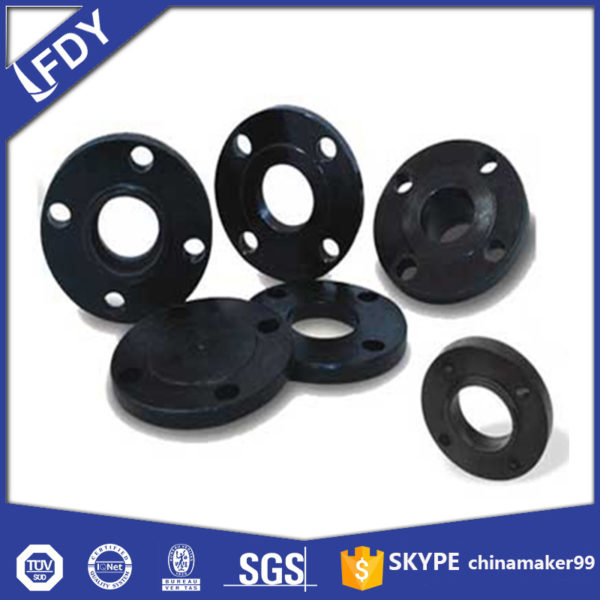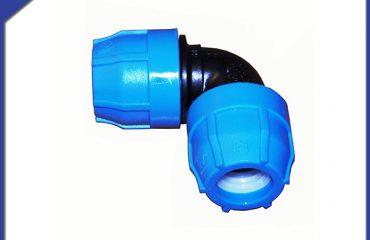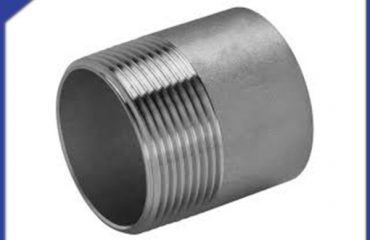Flanges are parts that are connected to each other between shafts and are used for connection between pipe ends; they are also useful for flanges on equipment inlets and outlets, And can be used as connection between two equipments, example reducer flanges.
So, how to connect the flange correctly?Professional flange manufacturer – Dingyang gives you advice:
1. The flange connection should be kept on the same axis, the deviation of the center of the bolt hole should not exceed 5% of the hole diameter, and the bolt should be freely pierced. The flange connecting bolts should have the same specifications, the installation direction should be the same, and the bolts should be tightened symmetrically and evenly.
2. Inclined washers of different thicknesses should not be used to compensate for non-parallel flanges. Do not use double washers. When the large-diameter gasket needs to be spliced, it should not be butted with the flat port, but should be in the form of a diagonal lap or a labyrinth.
3. In order to facilitate the installation and disassembly of the flange, the fastening bolt and the flange surface shall not be less than 200 mm.
4. When tightening the bolts, they should be symmetrical and intersected to ensure that the gasket is evenly stressed.
5. Bolts and nuts should be coated with molybdenum disulfide, graphite oil or graphite powder for subsequent removal: stainless steel, alloy steel bolts and nuts; pipeline design temperature below 100°C or 0°C; open-air facilities; atmospheric corrosion or corrosive media .
6. Metal washers such as copper, aluminum and mild steel should be annealed before installation.
7. It is not allowed to directly bury the flange connection. The flange connections of buried pipelines should have inspection wells. If it must be buried, anti-corrosion measures should be taken.

 Language
Language Espanol
Espanol English
English Italian
Italian عربى
عربى
 Skype: chinamaker99
Skype: chinamaker99  Tel: 86-316-5120812
Tel: 86-316-5120812 Email:
Email:  Whatsapp:
Whatsapp: 
